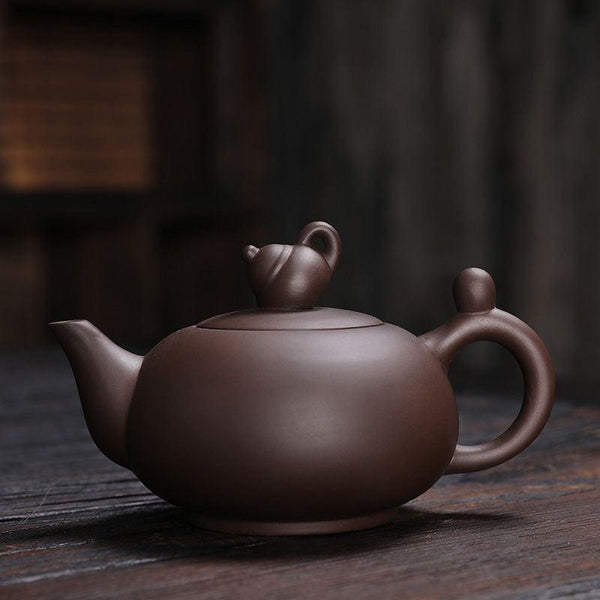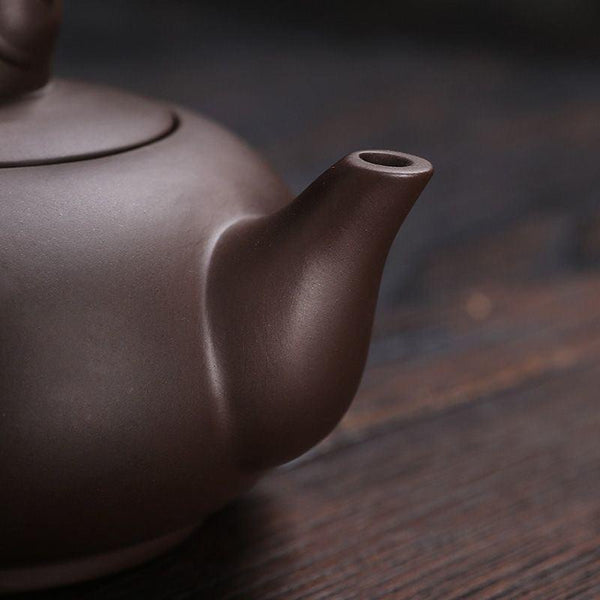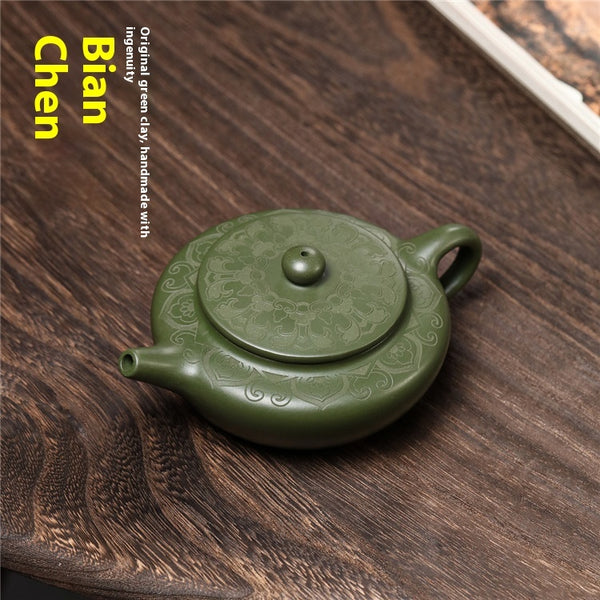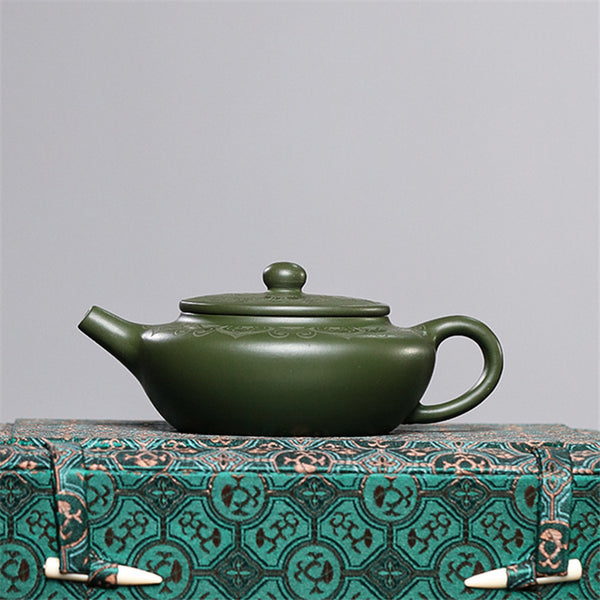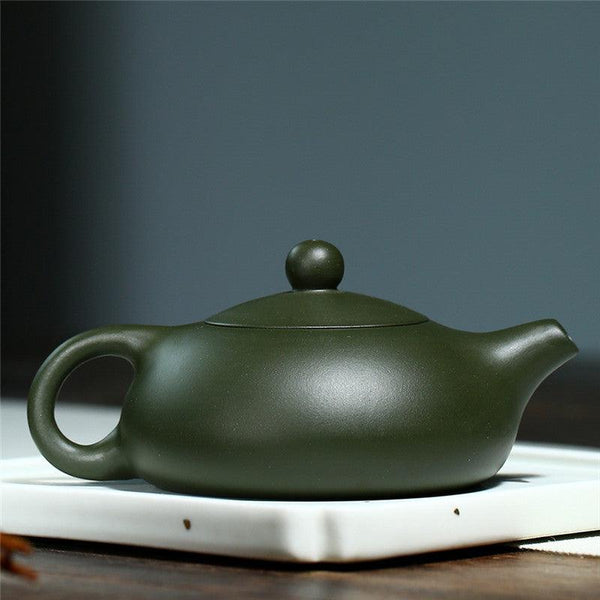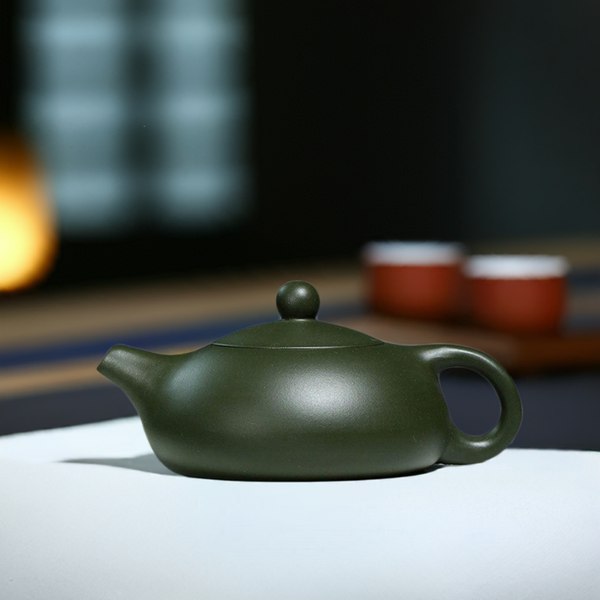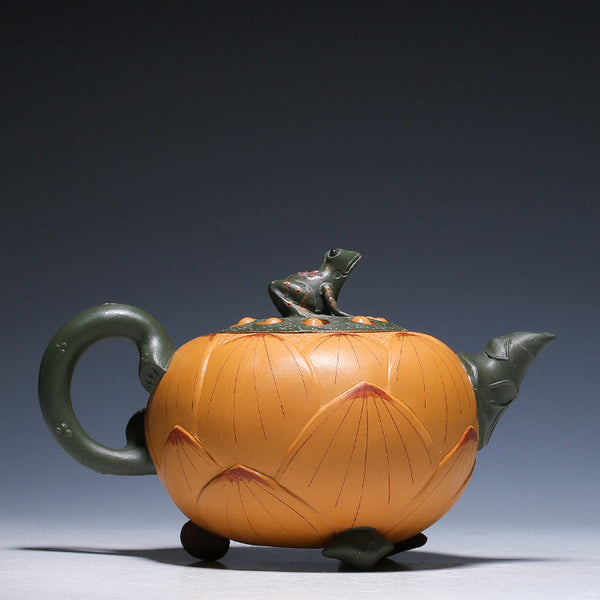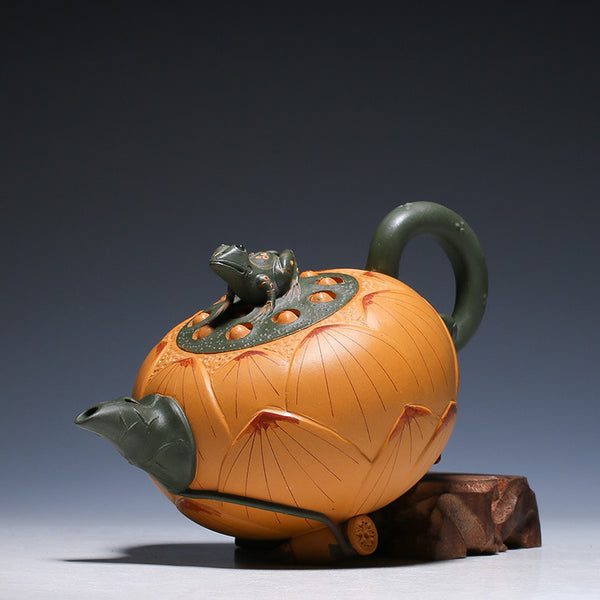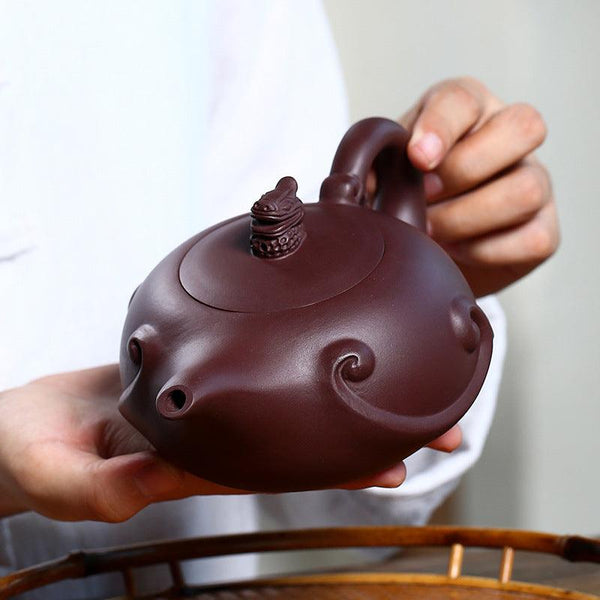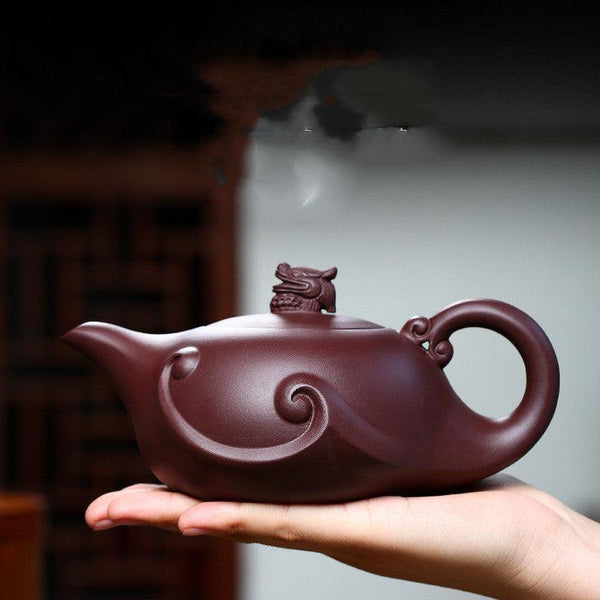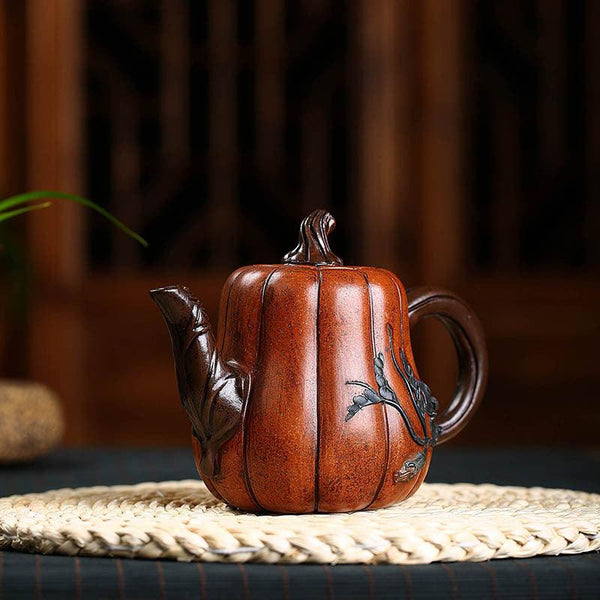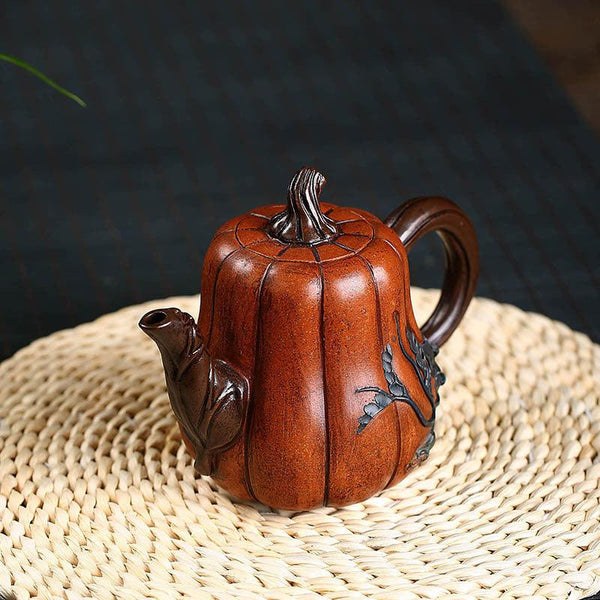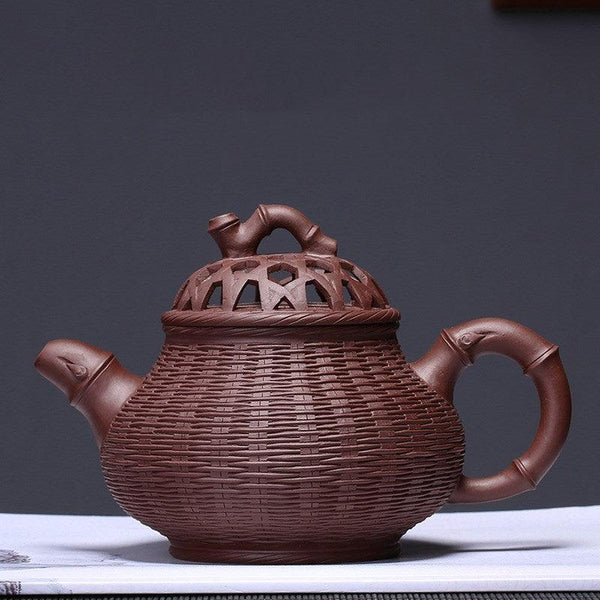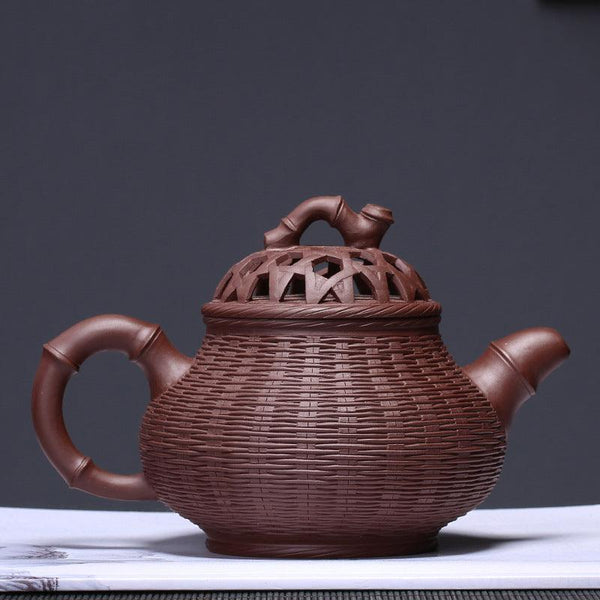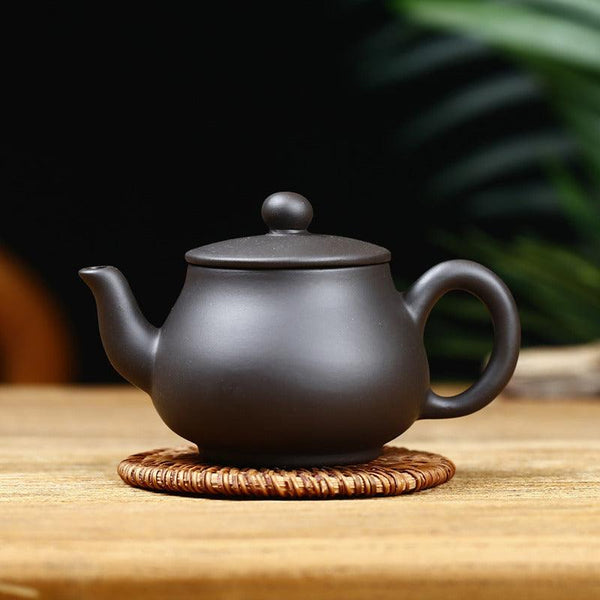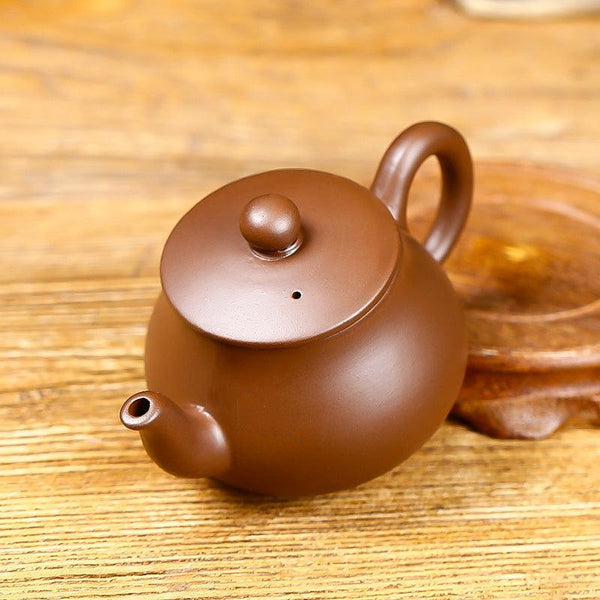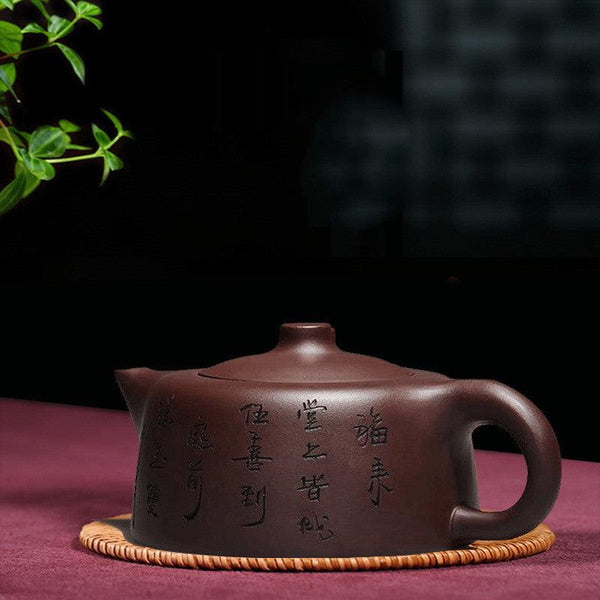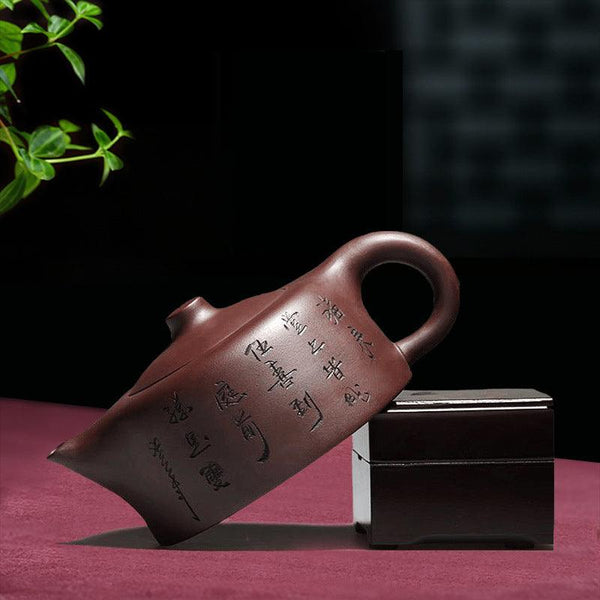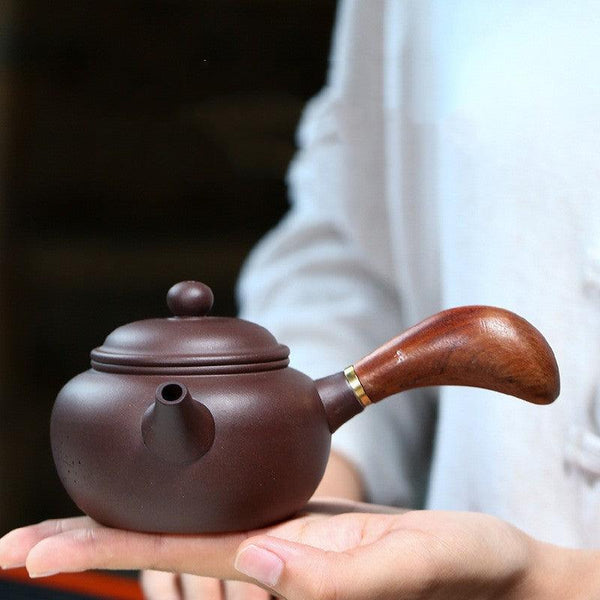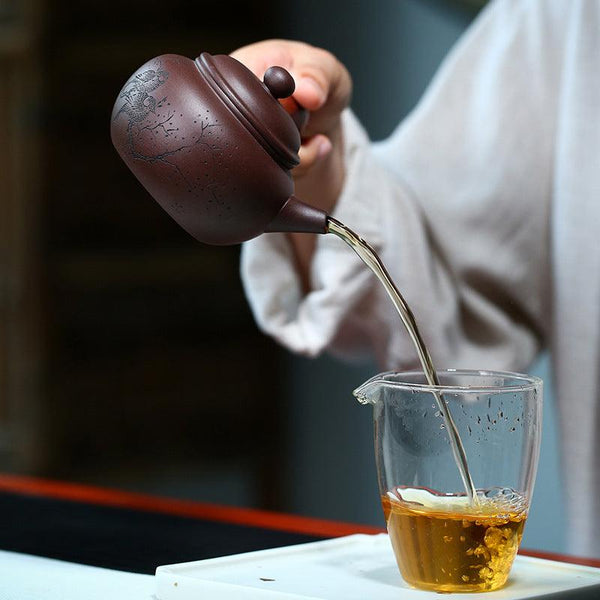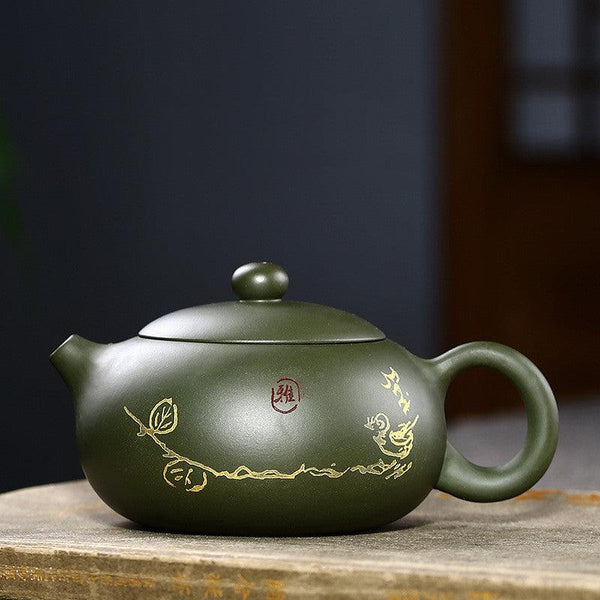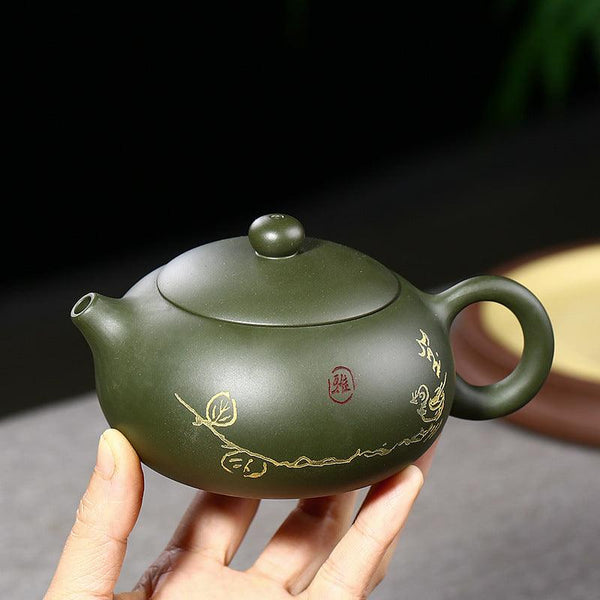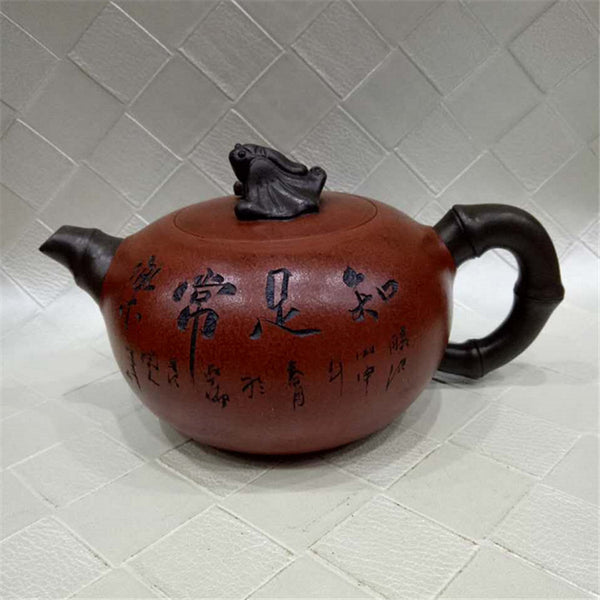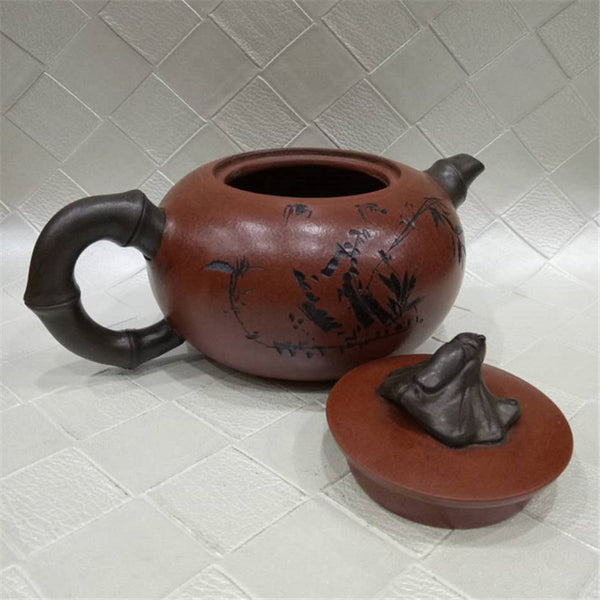For over a millennium, artisans in Jiangsu, China, have shaped humble clay into vessels revered as the "supreme instrument for brewing tea." Purple clay teapots (Yixing teapots) are more than aesthetic objects—they are dynamic tools engineered to elevate tea through mineral chemistry, thermal physics, and living craftsmanship. These unglazed clay pots are living partners in the tea brewing journey, celebrated for their unique ability to elevate the tea experience. Here's why tea masters insist no other material compares.
The Science of Flavor Transformation
Yixing zisha contains high levels of iron oxide, quartz, mica, and kaolin. The material called "purple clay" is not purple. Actually, the purple clay ranges in color from deep ochre reds ("Zhuni") and earthy browns ("Duan Ni") to subtle greens ("Lü Ni") and the classic purplish-brown ("Zini").
1. Porosity as Alchemy
Zisha clay has a unique double-pore structure (micro and nano pores), acting as a flavor accelerator. Its mineral-rich matrix selectively absorbs tea oils over repeated use, creating a "seasoning layer" (yang hu) that rounds harsh tannins and amplifies underlying sweetness. After years of dedicated use, boiling water alone acquires the aroma of the tea brewed.
2. Clay-Tea Synergy
Each clay type interacts uniquely with tea chemistry.
- Zi Ni (Purple Clay): High porosity softens fermented teas like Pu-erh, muting earthy notes while highlighting richness.
- Zhu Ni (Cinnabar Clay): Denser and less porous, it preserves delicate top notes of green or white teas.
- Duan Ni (Fortified Clay): Versatile for oolongs, its balanced minerals enhance floral mid-tones.
Thermal Mastery: Precision Brewing Engineered
1. Heat Retention & Distribution
Yixing clay's low thermal conductivity (slower heat loss than porcelain) creates a stable microclimate. Thick walls maintain temperatures up to 15% longer, which is critical for extracting complex compounds from tightly rolled oolongs or aged pu-erhs.
2. Surface Cooling Paradox
Despite holding boiling water, the outer surface remains relatively cool to the touch due to the clay's insulating properties and slow heat conduction. Slow heat transfer through dense clay prevents burns during pouring—a functional design refined over centuries.
3. Thermal Shock Resistance
Unlike glazed ceramics, unglazed Zisha withstands extreme temperature shifts. High-quality pots survive direct stovetop heating or microwaving without cracking, a testament to the clay's structural integrity.
The Artisan's Hand: Form Enhancing Function
Tools of Transcendence
Crafting a single teapot requires 20+ specialized tools:
- Beaters remove air pockets for uniform density.
- Pangpi knives carve spouts to optimize laminar flow.
- Polishing needles compress surfaces to control porosity.

Ergonomic Geometry
- Round pots (e.g., Shui Ping): Allow oolong leaves to unfurl freely.
- Oval pots (e.g., Li Fang): Concentrate heat for black tea oxidation.
- Wide-mouth designs: Accommodate pu-erh's broad leaves.
Lid Fit: The Seal of Quality
A master-crafted lid seals airtight. The pot body hangs securely when covering and lifting the hole, preventing aroma escape and stabilising internal pressure during brewing.
Patina: The Living Legacy
With each brew, tea oils permeate the clay, creating an evolving surface narrative:
Color Shift
A Zhu Ni pot brewed with black tea deepens to mahogany; one used for green tea adopts an amber glow.
Luster Development
Microscopic tea oil crystallization creates a soft sheen—irreplicable by artificial glazing.
Collector's Note: Antique Yixing pots with verified patina fetch millions. Gu Jingzhou’s 1955 set auctioned for $28.75 million in 2015.
Conclusion
A purple clay teapot is tea's silent collaborator—a mineral filter, heat regulator, and flavor archivist. Its genius lies in reciprocity: the more you pour into it, the more it gives back. While novices taste richer, rounder brews, connoisseurs cherish the ritual of co-creation with clay. Explore the magical craft of Yixing Zisha Teapots.


